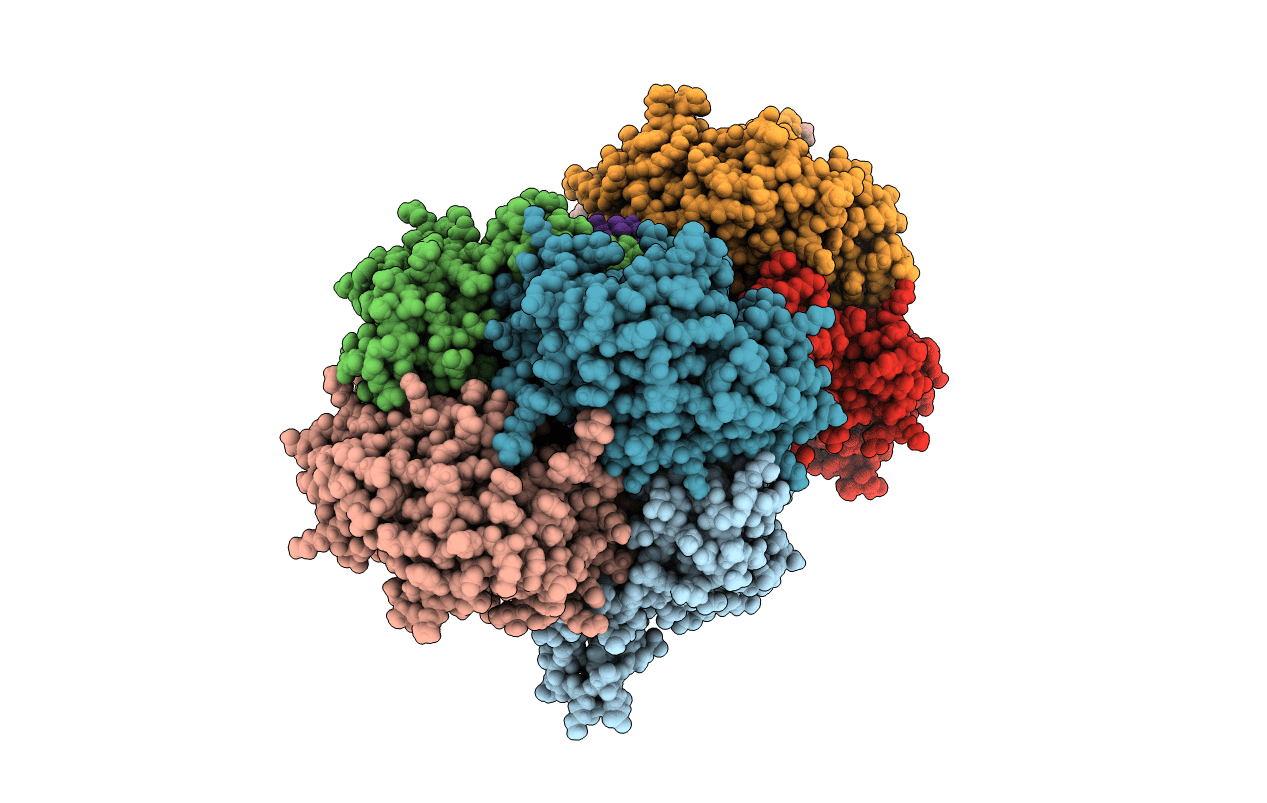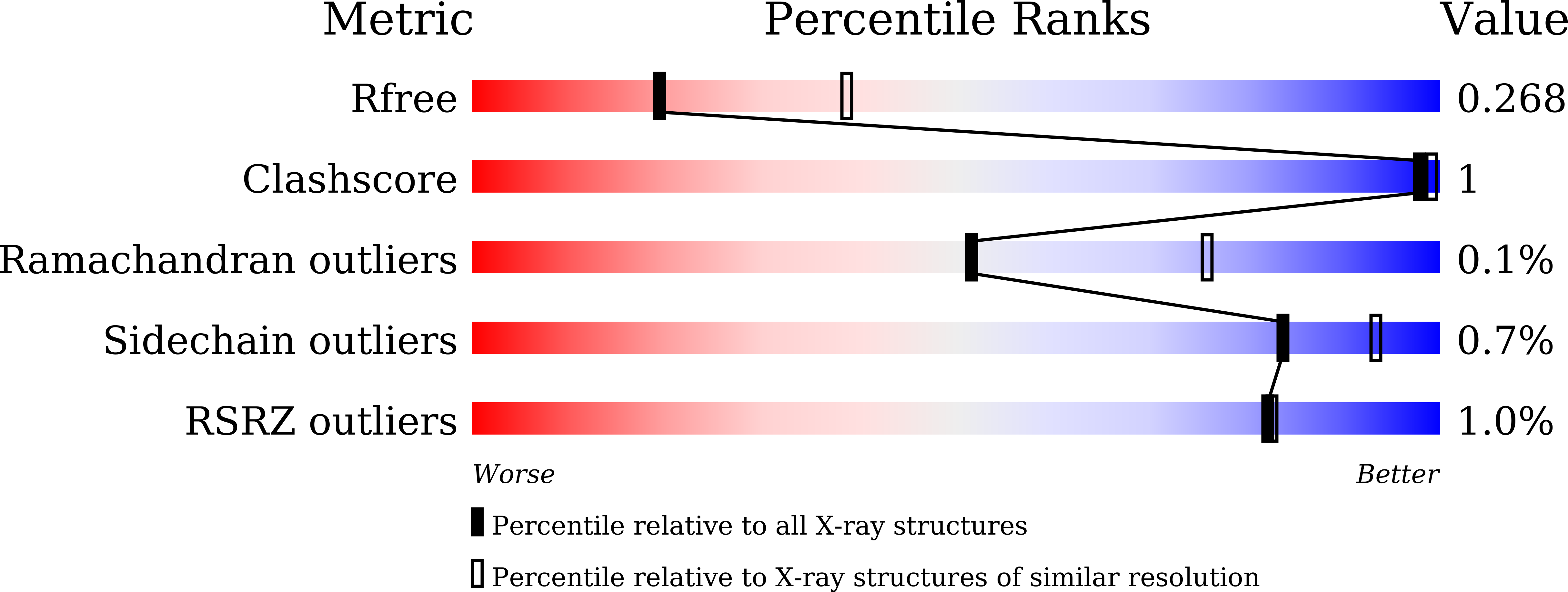
Deposition Date
2021-12-07
Release Date
2021-12-22
Last Version Date
2023-11-29
Entry Detail
Biological Source:
Source Organism:
Babesia orientalis (Taxon ID: 273649)
Host Organism:
Method Details:
Experimental Method:
Resolution:
2.67 Å
R-Value Free:
0.26
R-Value Work:
0.23
R-Value Observed:
0.23
Space Group:
P 1


